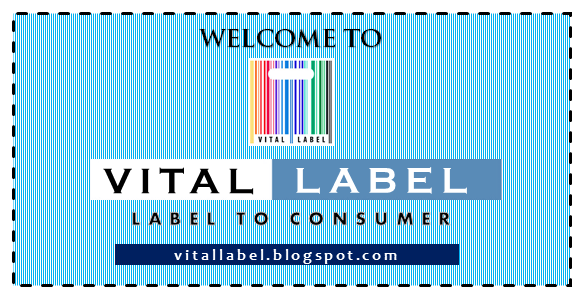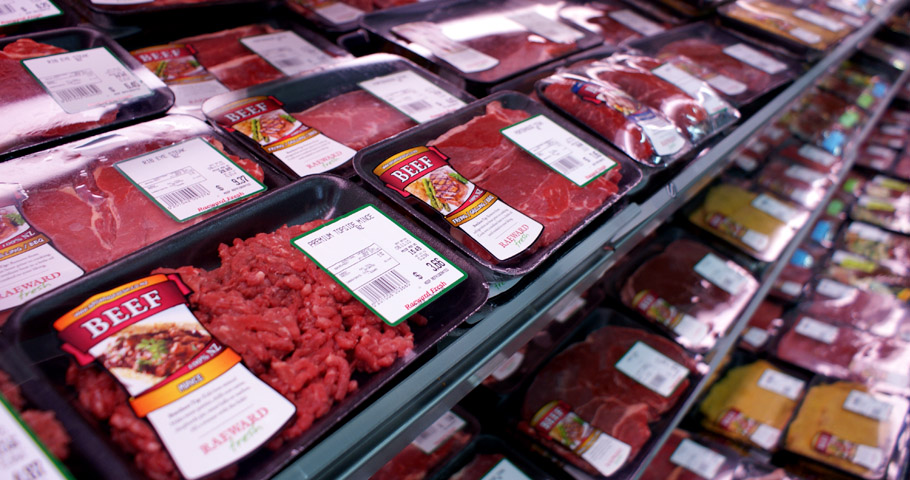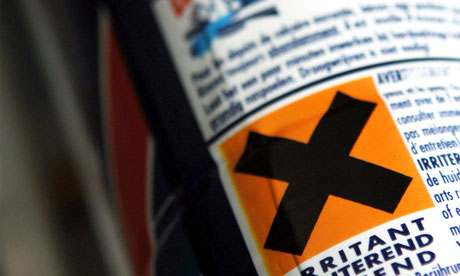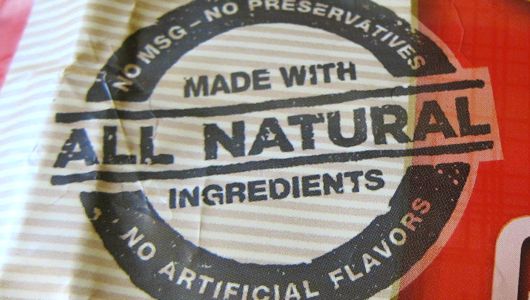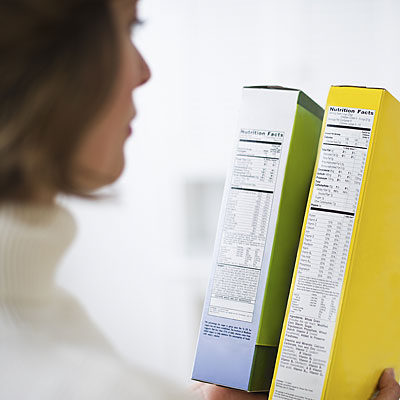Extra virgin olive oil, haddock, organic eggs, vodka, saffron, tea and coffee. This is not a shopping list of products for a gourmet with expensive tastes, but a list of food that is most commonly doctored or fraudulently labelled, according to a recent European Parliamentary report into food safety.
And now further evidence has come to light about Manuka Honey being frequently mislabelled, with consumers paying well over the odds for common-or-garden honey when they think they are getting the rare stuff from New Zealand. Only one of the seven samples tested by a laboratory was found to have the requisite levels of the active ingredient. This study comes just a year after it was found that there was more honey labelled as Manuka on UK shelves than was produced in a single year.

Manuka honey, according to its fans, is a wonder ingredient with antiviral and antibacterial qualities. Not as sweet as normal honey, it is made by bees gathering nectar from the delicate flowers of the Manuka Bush, native to New Zealand. A small jar, 250g, can cost as much as £34 in Ocado, and even a jar of basic Rowse Manuka honey in Tesco costs £9.99, compared with £1.78 for normal honey.
The very high price of Manuka, combined with the fact that it looks and tastes more or less like the normal thing makes it ripe for food fraudsters, keen to make a quick buck. Stuart Shotton, a former trading standards officer whose company Foodchain Europe advises retailers and manufacturers on food security, says: "Food fraud isn't anything new but you could argue that as more and more businesses are under quite a degree of stress, and are being squeezed to cut costs, the more chance of food fraud will happen."
Food fraud takes two basic forms. The first is dishonest labelling – either by claiming the product contains a larger quantity or higher quality ingredients than they actually do. This very rarely has any safety implications and was most exposed, most notoriously, last year during the horse meat scandal. This form of food fraud goes all the way back to the dawn of commerce. The Assizes of Bread and Ale, drawn up in 1266, was a piece of legislation that not only set the price of these two key staples, but was also specifically designed to outlaw the widespread rip-off that early consumers faced when buying a loaf of bread or a pot of beer. This is the origin of why, until just a few years ago, bread was always sold in pounds (or its metric equivalent) and beer in pints.
This form of food fraud is poorly policed and relies on consumers complaining to local Trading Standards Officers, but cases do come to light. The University of Salford last year found that 7 per cent of the time consumers ordered either cod or haddock in a fish and chip shop, restaurant or bought these white fish in a supermarket, they in fact ended up with Vietnamese pangasius, or catfish.
Much of the world's supply of frozen fish is produced in China which means that most of Europe's produce is flown into a Frankfurt airport rather than arriving by boat. The firm that tests the fish there, Eurofins laboratory in Hamburg is finding some species that have never been in food chain before.
In 2010 an egg wholesaler, who supplied Tesco and Sainsbury's, was jailed for three years after he was found to have passed off 100 million battery produced eggs as either free-range or organic, pocketing £3 million profit in the process.
The second main area of food fraud is when products are doctored, usually so that expensive ingredients are replaced with cheaper alternatives. Adulteration was found to be prevalent in the Roman era, with wine laced with lead and olive oil often found to be doctored. Many Victorian brands of packaged goods started as an attempt to assure customers that their food was safe, when compared with products sold loose from behind grocers' counters.
Adulteration, of course, is when food fraud becomes potentially far more dangerous, especially if the substitution is something not fit for human consumption. This is what happened in China, in 2008, when baby milk was doctored with melamine. This had the effect of boosting the protein content of the milk. It is estimated that at least six children died from this scandal.
Mr Shotton says: "This is organised crime at the highest level. Someone was clever enough to work that the way they tested the milk was checking the protein content. They then worked out that protein is measured by looking at the amount of nitrogen produced, and then they said, 'Oh, OK, melamine is a good source of nitrogen.' A lot of thought has gone into it."
According to the European Parliament, olive oil is the product most likely to be adulterated. Four out of five bottles of 'Italian' olive oil were found to be adulterated with lower quality oil from other Mediterranean countries, a police investigation discovered back in 2011. And fake olive oil is often linked to Mafia activities.
Within the next few weeks, Prof Chris Elliot, Chair of Food Safety and Microbiology at Queen's University Belfast, will publish his final report for the government into food fraud and food supply chains. His interim report, which was commissioned in the wake of the horse meat scandal, said: "Limited intelligence has been collected and it is not possible to gauge whether we are dealing mainly with systematic criminality perpetrated by individuals and groups operating exclusively in the food chain, or whether organised criminal networks (i.e. those already established in activities such as trafficking drugs, cigarettes, fuel, firearms or humans) have moved into food crime."
In 2011, five Lithuanians were killed when an explosion blew up an illegal vodka factory in Boston, Lincolnshire, suggesting that food crime in the UK is possibly more widespread than is thought. Lincolnshire Police investigated the explosion but no criminal charges were ever brought.
 It is important for people to make the habit of reading labels. Sometimes the facts that are written on the paper application tape counts a lot, so it would really be important to take advantage of it by reading product labels and discover the benefits that it can possibly bring.
It is important for people to make the habit of reading labels. Sometimes the facts that are written on the paper application tape counts a lot, so it would really be important to take advantage of it by reading product labels and discover the benefits that it can possibly bring.
